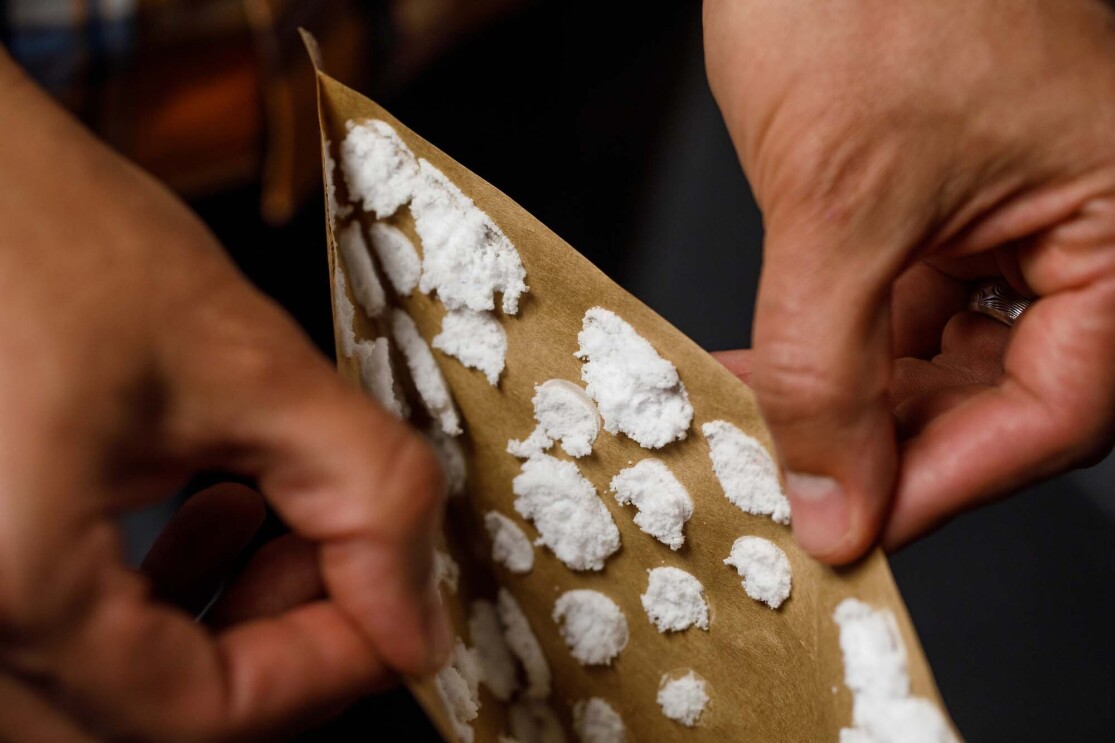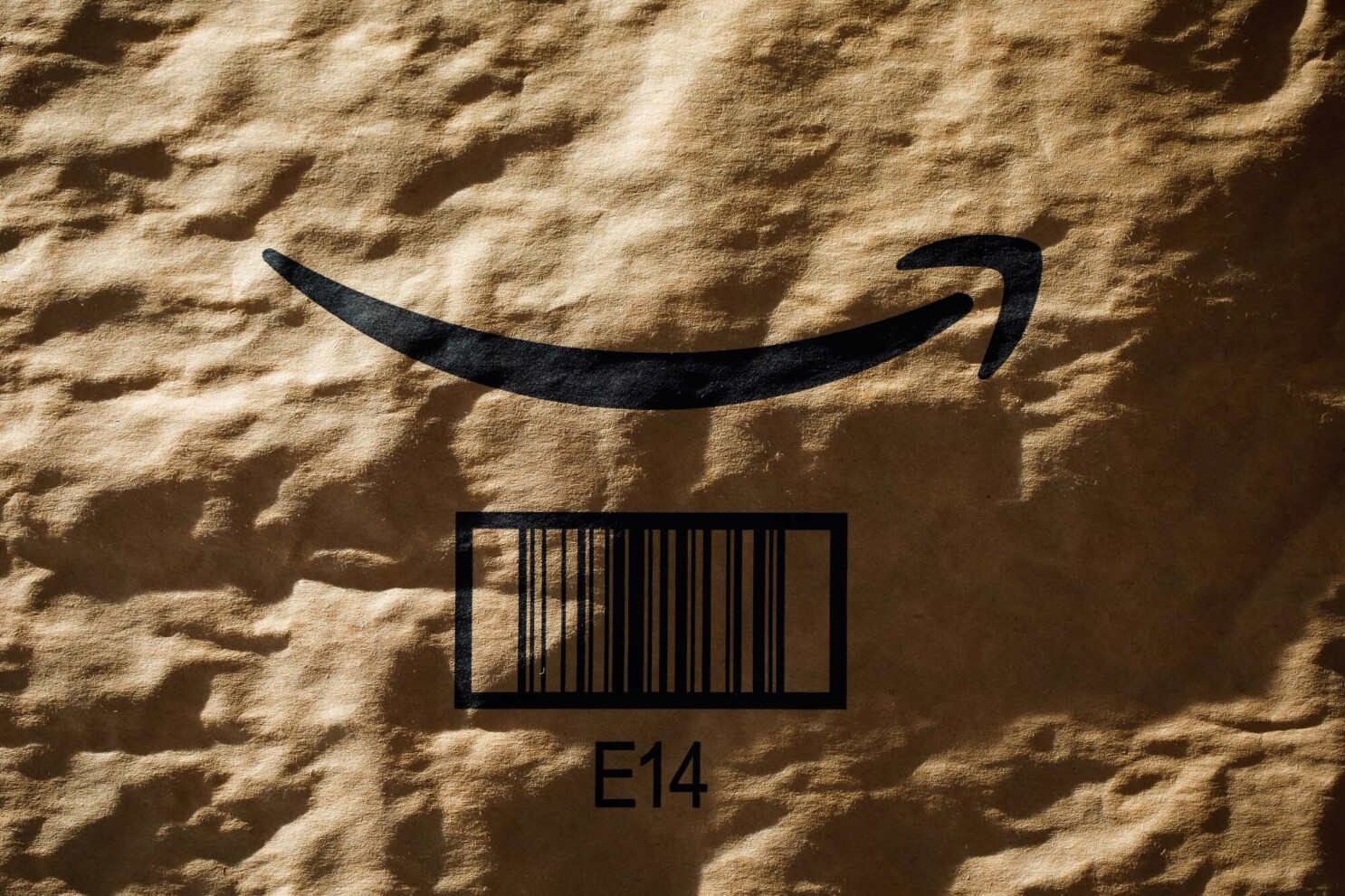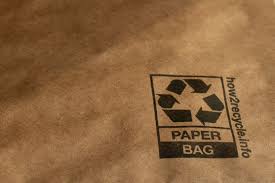


From the lab to the fulfillment center, employees contributed to the innovations behind a mailer that can be recycled in the same bin as Amazon’s iconic box.
The rigorous work of inventing Amazon's new recyclable paper padded mailer required the ingenuity of scientists, engineers, and technicians at Amazon's packaging and materials lab. These experts, who obsess over the tiniest of details, have been able to capitalize on a curious reaction that happens when you heat a form of glue, similar to what's used to make cardboard boxes.
"It creates a puffy material that's lightweight,” said Justine Mahler, senior manager with Amazon’s customer packaging experience team. Lightweight recyclable cushioning is a "packaging dream,” she said.
The recyclable padded mailer is made by sandwiching this "dream" material between sheets of lightweight paper. The resulting mailer protects customer orders, without needing to rely on bulkier boxes which takes up space and causes Amazon airplanes, semi-trucks, and delivery vans to depart with fewer customer orders aboard. Packing more orders in each load means fewer trips, less fuel burned, and a smaller carbon footprint—all of which are key parts of achieving The Climate Pledge and reaching the Paris Agreement 10 years early.
But there was a problem the experts on the packaging team didn't know about yet. It surfaced when they sent the first recyclable padded mailers to Amazon fulfillment centers for a reality check.
The Amazon associates who pick, pack, and ship customer orders are encouraged to speak up when they see something that should be improved. They quickly flagged a major difference between the new paper padded mailers and the Jiffy mailers (paper laminated to bubble wrap) they were accustomed to using. The new mailers were stiffer, making them a little harder to open and more time-consuming to pack.
"That's where a lot of work went in—making it better, easier to open for the packers," said Maddie Bahmer, a materials scientist who works among microscopes and testing equipment at Amazon's materials lab.
Rather than send each follow-up design into the fulfillment centers for feedback, the team 3D-printed an object to simulate a packer's finger opening the mailer. This made the testing systematic. "There was no flexible-mailer-openability test method standard in existence," said Vas Obeyesekere, a senior industrial designer on the packaging team. "We had to invent a new test method."
They conducted a range of flexibility tests on each new version. "This rapid kind of innovation allowed us to immediately start testing new mailer designs to make something recyclable for our customers and easier to use for our associates," said Obeyesekere.
In the end, it wasn't the cushioning material that needed to change; it was the way it was applied. The original designs distributed the cushioning evenly throughout the mailer. Working together, Amazonians at the materials and packaging lab discovered the key to giving associates the more flexible mailers they needed. They devised a new pattern of cushioning material that creates voids, forming a natural flex point without sacrificing the mailer's overall effectiveness at protecting orders.
The reworked design passed lab tests and got a thumbs up from associates. Now, more than 100 million of the new mailers have been shipped to customers, reducing waste, saving fuel, and offering the same recyclability as Amazon's iconic box, without taking up nearly as much space in a recycling bin.






